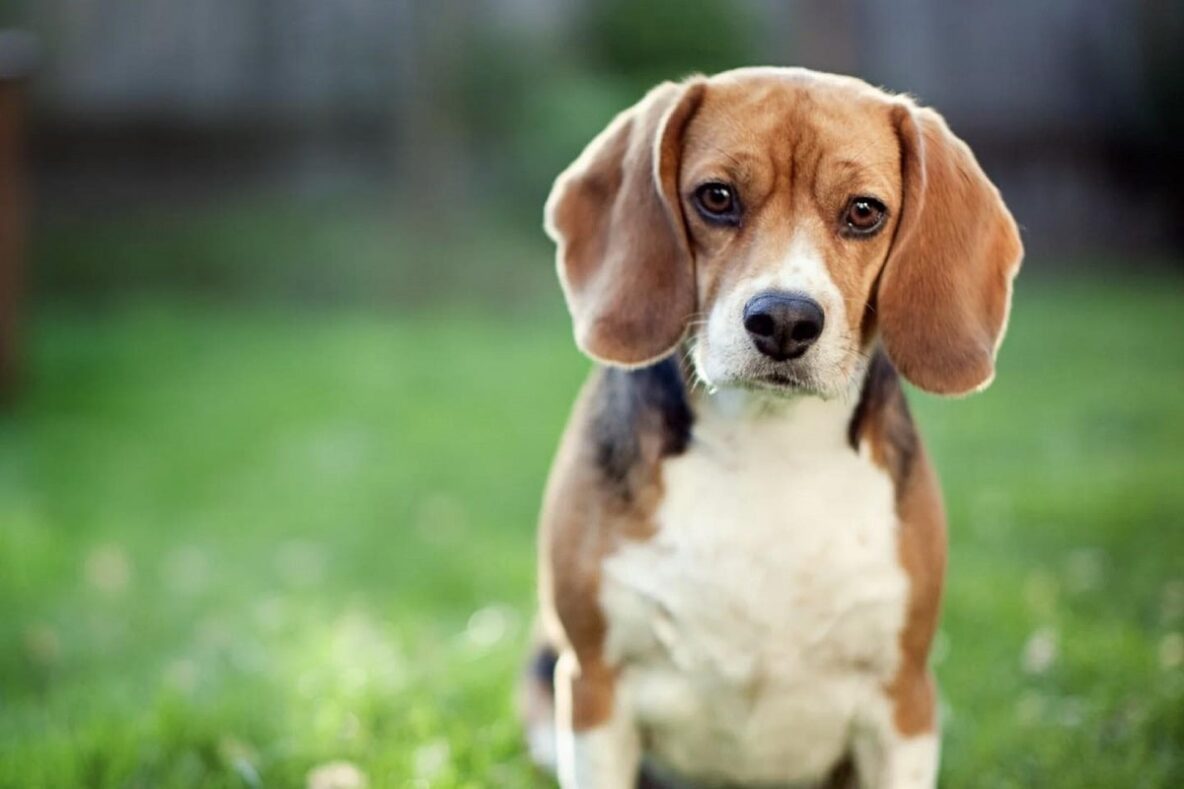You love your dog. You love your yard. But does your dog love your yard?
Dog-friendly landscaping keeps your dog safe and comfortable.
It also gives space for your dog’s favorite (and necessary) activities, while keeping things pleasant for people. How does your yard measure up?
1. Pick pet-friendly plants
Let’s start with safety. There are a host of plants that can be dangerous to dogs. Check to see if you have these in your yard, and avoid them when planning new planting. Some common plants that are poisonous to dogs include:
- Azalea and rhododendron
- Lilies
- Rhubarb
- Morning glory
- Flower bulbs
- Wisteria
For a more comprehensive list, check with the ASPCA.
2. Make sure your mulch is safe
You probably know that chocolate is toxic to dogs. Cocoa mulch contains the same toxic compound, so you’ll want to avoid cocoa mulch when landscaping. And while we’re talking mulch, make sure it’s organic if your dog tends to chew on wood.
While it’s not necessarily a safety issue, you may want to choose mulch carefully if you have a long-haired dog. You want your mulch in your garden, not your living room.
3. Include space to run and play
 If your dog has run a path along your fence, make it part of your design. Edge it or mulch it and it will look less like something your dog did to your yard and more like a focal point your dog uses every day.
If your dog has run a path along your fence, make it part of your design. Edge it or mulch it and it will look less like something your dog did to your yard and more like a focal point your dog uses every day.
Give dogs a place to play and you may find fewer holes in your garden or yard. If your dog likes to dig, consider setting up a designated digging area, such as a sandbox. Start by burying treats in it to get him interested in digging there. Keep a shovel or rake nearby to fill in holes periodically. If he starts digging elsewhere, redirect him to his digging spot.
4. Escape the heat
Shade and water are attractive in any landscape—and they help keep dogs from overheating, too.
Shade trees offer heat relief to dogs and their human friends, but if you don’t have good-sized trees, consider a covered pergola or awning. If these aren’t a good fit for your space, consider a well ventilated dog house to give your kid a spot to relax out of the sun.
Dogs need extra water in the heat, too. Drinking water outside is a must, but make sure it is filtered and replenish it and clean the bowl regularly. You might also consider a water feature like a pond or pool that your dog can cool off in.
5. Set aside a doggie “potty” area
When you give your dog a place to do his business it serves a dual purpose. You know where the cleanup is, plus you keep the effects on your lawn contained to one area. Your dog’s diet can have an effect on your lawn as well, fresh food diets are much less likely to turn into discolored spots in the grass.
Locate it around a corner or behind a fence and you disguise it even more. If you have a male dog, add a marking structure, like a large rock, piece of driftwood, or even a small statue specifically for that purpose.
So, keep your yard safe for your dog, but don’t give up on your dreams of a lovely landscape. You can have a yard that you and your pet can enjoy – safely.

